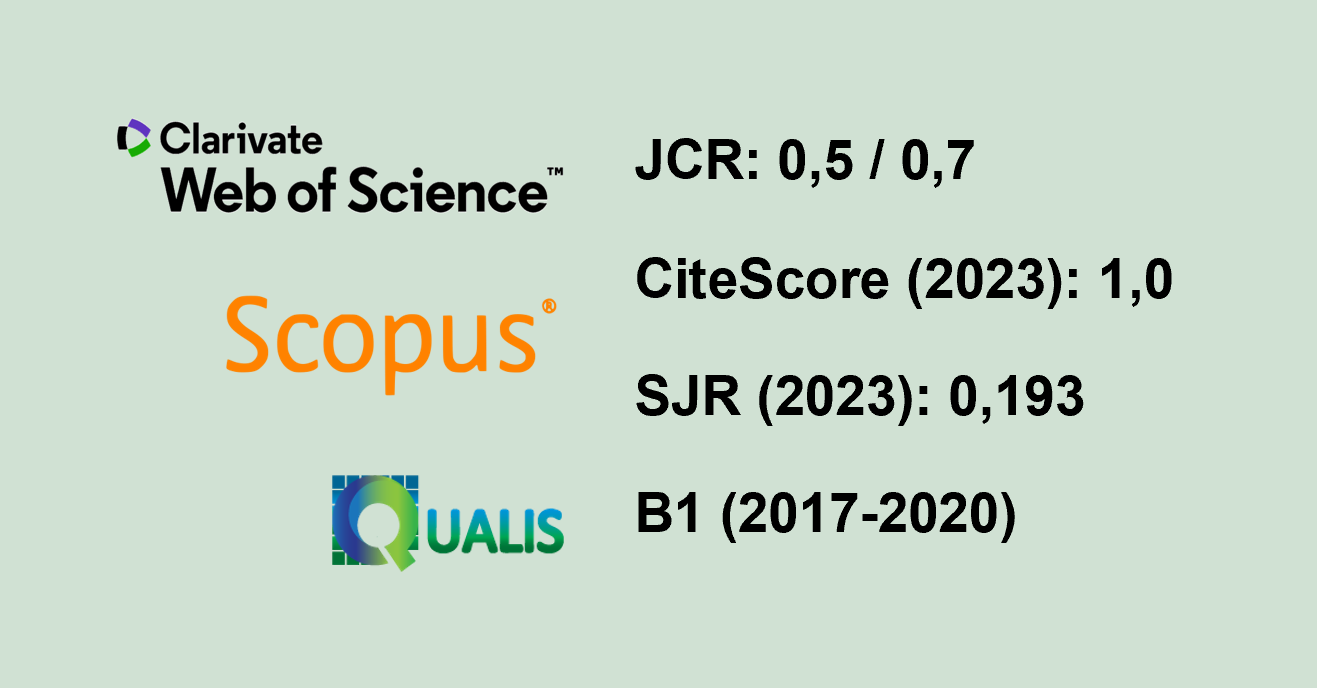FIRE EFFECTS ON NATURAL REGENERATION IN SEASONAL SEMIDECIDUOUS FOREST
Keywords:
Degradation, Forest Fires, RecoveryAbstract
Forest fire is considered a relevant environmental and ecological issue worldwide, as it causes population, ecosystem, and economic impacts, making monitoring and additional research necessary to understand post-fire forest recovery. Thus, the aim of this study was to evaluate the changes that occurred in the natural regeneration stratum in a fragment of Atlantic Forest in the municipality of Viçosa (MG), with and without the occurrence of fire. The phytosociological parameters and the functional diversity of the plant community were evaluated through 20 plots, 10 in the burnt area and 10 in the unburnt area, in 2018 and 2019, to follow the natural regeneration. There were collected, in the burnt and unburnt areas, respectively, 113 and 126 individuals, 23 and 16 species, and 13 and 9 botanical families. Piper sp.1, showed the highest values for the parameters: relative density, absolute frequency, and cover value, occurring in 100% of the plots. Areas with occurrence of fire present higher species richness. Species of the genus Piper occur frequently in areas of Semideciduous Seasonal Forest with signs of disturbance. The highest Shannon diversity and Pielou equitability indexes were found in the burnt area. The Jaccard index and the cluster analysis confirm the formation of groups with low similarity, showing floristic heterogeneity between the two areas, and the disturbance caused by fire is considered an important aspect for this floristic differentiation to occur. Therefore, the occurrence of forest fire in areas of Atlantic Forest increased the diversity values of species, with an increase in the equitability index, showing low floristic similarity between burnt and unburnt areas.
Keywords: Degradation; Forest Fires; Recovery
Downloads
Published
How to Cite
Issue
Section
License
Copyright (c) 2022 Revista Árvore

This work is licensed under a Creative Commons Attribution 4.0 International License.
All authors agreed to submit the work to Revista Árvore and granted the exclusive license to publish the article. The authors affirm that it is an original work and has not been previously published elsewhere. The scientific content and opinions expressed in the article are the sole responsibility of the authors and reflect their opinions, not necessarily representing the opinions of the editorial board of Revista Árvore or of the Society of Forest Investigations (SIF).




